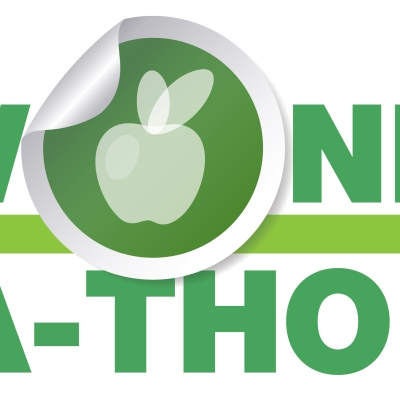It’s well known that students of color are underrepresented in gifted programs compared to white and Asian students. Attempting to understand why, a new study from Vanderbilt University investigates how student, teacher, and school characteristics affect pupil assignment to gifted programs in reading and math.
Researchers derived a data sample of approximately 10,640 pupils from the NCES Early Childhood Longitudinal Study, Kindergarten Class of 1998–1999 (ECLS-K). The ECLS-K data tracks pupils from kindergarten through the eighth grade nationwide, collecting descriptive information on student, family, school, and community factors with questionnaires administered to parents, teachers, and school administrators. The authors used this study to extract information on student demographics and achievement, as well as school environment, classroom environment, and teacher qualifications and demographics during the first, third, and fifth grades—times when most gifted students are identified in elementary school. Finally, researchers measured the probability of gifted assignment based on each characteristic.
Overall, the odds of black and Hispanic children being referred to gifted programs are 66 percent and 47 percent lower than white students, respectively. Moreover, when student, teacher, and school characteristics were averaged, white students had a predicted probability of 6.2 percent of gifted—whereas black students had only a 2.8 percent probability. Although student socioeconomic status, test scores, teachers, and school setting are associated with gifted assignment in reading and math, none of these characteristics could fully account for racial disparities. Tellingly, teacher race was the factor most correlated with gifted assignment for black students only—so much so that black students were three times more likely to be assigned to gifted reading programs when previously taught by black teachers than when taught by non-black teachers. (There was no evidence of significant correlation between teacher/pupil race congruence and gifted reading assignment for white, Hispanic, or Asian students, or gifted math assignment for all subgroups.)
Yet again we are reminded of the deepening disparities pervading public education. But these findings offer a new perspective that warrants further investigation. Perhaps a lack of black teachers causes a greater underrepresentation in gifted programs than previously thought. The authors suggest that their findings allude to the “bureaucratic representation theory”: Citizens are more likely to receive public services and positive treatment when their government officials share the same racial or ethic background.
My own experience as a former teacher and student at predominately black and Hispanic schools supports this explanation. As an educator, my advocacy for high-performing minority students was often met with reluctance—and sometimes flat-out disapproval—from my white and Asian colleagues. When I was a first grader, I vividly remember how students of color were denied acceptance into our school’s gifted program, while a select group of classmates—mostly white and Asian pupils—were pulled out of class for enrichment. We wondered what they did during their time away and questioned our own competence. Perhaps policies that better identified talented students of color might have spared us these thoughts.
A century ago, W.E.B. DuBois birthed the “Talented Tenth” concept and expressed the need to invest in the best and brightest from the black community to better promote upward mobility. This is just as necessary today. As much as we tend to focus on pushing our “bubble kids” and those at the bottom toward proficiency, we must also challenge and develop our highest-achieving students, especially those of color. More and better gifted programs for minority students can help narrow the excellence gap, so we should heed the study’s recommendations and look further into how screening processes may be racially exclusive and unfair to those kids who possess diverse forms of intelligence. As DuBois argued, our talented tenth ought not be forgotten.
SOURCE: Jason A. Grissom and Christopher Redding, “Discretion and Disproportionality: Explaining the Underrepresentation of High-Achieving Students of Color in Gifted Programs,” AERA (January 2016).



